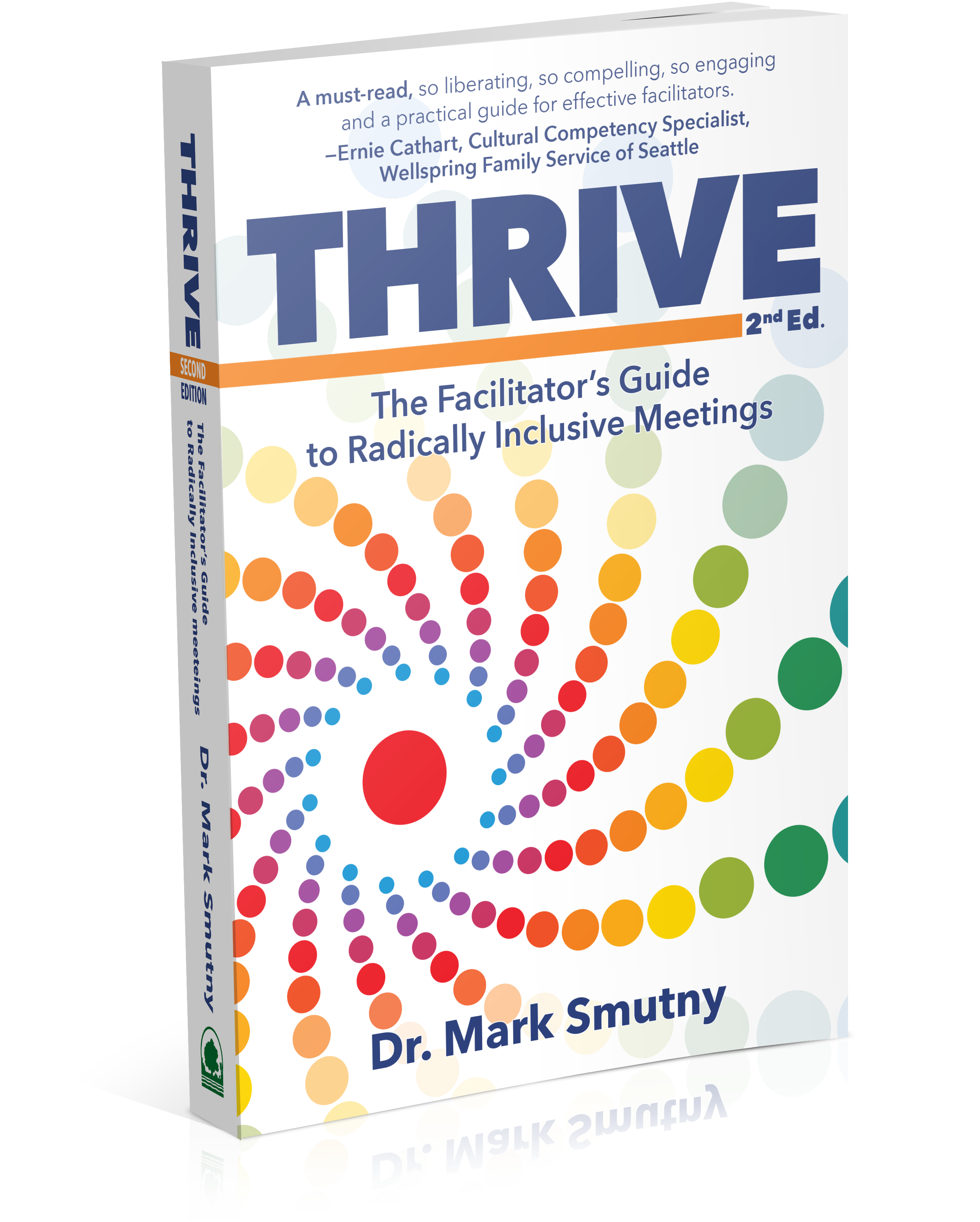 Best Practices for Nonprofit Leadership: Strengthening Governance Through Strategic Term Limits and Active Board Membership
Best Practices for Nonprofit Leadership: Strengthening Governance Through Strategic Term Limits and Active Board Membership
By Dr. Mark Smutny, President, Civic Reinventions, Inc.
Nonprofit organizations depend on strong leadership to carry out their mission and achieve long-term success. The offices of president, vice-president, treasurer, and secretary form the backbone of a nonprofit’s governance structure, ensuring smooth operations and accountability. As a consultant, I have worked with countless nonprofits, and one thing is clear: adhering to best practices in term limits and board membership is vital.
Term Limits: A Foundation for Healthy Governance
Effective nonprofit boards recognize the value of term limits for their officers. Term limits serve several key purposes:
- Fresh Perspectives: Regularly rotating officers prevents stagnation and allows for new ideas and innovative approaches to emerge. Fresh leadership helps the organization adapt to changing circumstances and challenges.
- Preventing Burnout: Serving as a nonprofit officer can be demanding. Setting clear term limits avoids placing undue burdens on individuals and allows them to serve effectively during their tenure without exhaustion.
- Encouraging Succession Planning: Term limits require boards to proactively plan for leadership transitions, identifying and grooming future leaders to step into key roles. Succession planning strengthens continuity and minimizes disruptions.
For most nonprofits, a common approach is to set term limits of two consecutive three-year terms for officers. Once a term is completed, officers can take a sabbatical from their positions, opening the door for others to contribute their talents while preserving opportunities for re-engagement later.
Active Board Membership: A Nonnegotiable Requirement
Officers should always be active members of the board. This ensures accountability and strengthens alignment between the organization’s governance and its mission. Here’s why active board membership matters:
- Shared Responsibility: Nonprofits thrive on collaboration. Officers who are board members participate in collective decision-making and bear equal responsibility for the organization’s success.
- Transparency: Active board members ensure that officers remain closely connected to the organization’s operations, financial health, and strategic goals. This transparency builds trust among stakeholders.
- Commitment to Mission: Board membership fosters a deep understanding of the nonprofit’s mission, ensuring that officers lead with authenticity and dedication.
It is crucial to define the roles of officers within the board structure clearly. For instance, the president acts as the board leader, facilitating meetings and maintaining strategic focus. The treasurer safeguards financial stability, while the secretary ensures accurate records and compliance. Each role complements the others, creating a cohesive and effective governance system.
Building Leadership for the Future
Implementing these best practices requires thoughtful planning and commitment to ongoing development. Nonprofits can take the following steps:
- Training: Provide orientation and leadership training to prepare officers for their roles, ensuring they have the skills to lead effectively.
- Diversity: Embrace diversity when selecting officers and board members, bringing varied perspectives and expertise to the table.
- Evaluation: Regularly review the board and officer structure to identify areas for improvement and optimize governance.
Conclusion
Term limits and active board membership are cornerstones of good governance for nonprofits. By embracing these practices, organizations can nurture a resilient leadership framework, foster collaboration, and maintain accountability to their mission and stakeholders.
Nonprofit work is inspiring yet challenging, and strong governance is essential to navigating the journey successfully. As you evaluate or establish these practices in your organization, know that each decision strengthens the foundation for lasting impact.
Contact:
Dr. Mark Smutny
Email: mark.smutny@civicreinventions.com
Website: https://civicreinventions.com
Book: Thrive: The Facilitator’s Guide to Radically Inclusive Meetings

